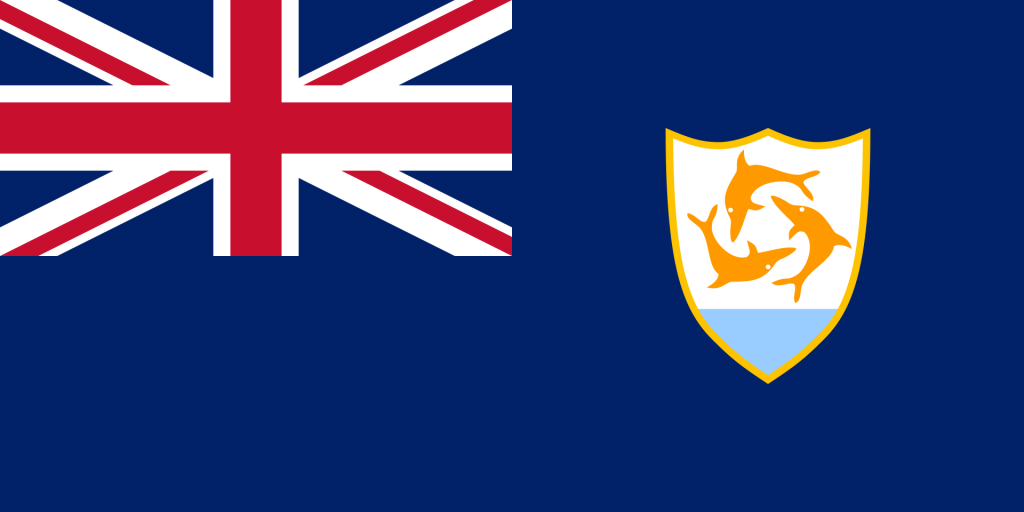Anguilla

- Anguilla is a British Overseas Territory located in the Eastern Caribbean. Here are some key facts about the island:
- Location: Anguilla is situated in the Leeward Islands of the Lesser Antilles, approximately 16 miles (26 kilometers) north of Saint Martin and about 145 miles (235 kilometers) east of Puerto Rico.
- Size and Population: The island covers an area of approximately 35 square miles (91 square kilometers) and has a population of around 15,000 people (as of the latest available data).
- Capital: The Valley is the capital of Anguilla and serves as its main administrative center. Despite being the capital, it’s relatively small in size and population.
- History: Anguilla has a complex colonial history, having been colonized by various European powers over the centuries. It was first settled by Amerindian peoples, later colonized by the English, briefly occupied by the French, and eventually became a British territory.
- Territorial Status: As a British Overseas Territory, Anguilla is self-governing with its own constitution and government. However, defense and foreign affairs are the responsibility of the United Kingdom.
- Economy: Tourism is the primary industry in Anguilla, with its beautiful beaches and luxury resorts attracting visitors from around the world. Fishing and offshore banking also contribute to the economy.
- Culture: Anguillian culture is a blend of African, European, and indigenous Caribbean influences. Music, particularly calypso and reggae, plays an essential role in Anguillian culture, and the island is known for its vibrant festivals and celebrations.
- Language: English is the official language of Anguilla, and it’s widely spoken across the island.
- Natural Beauty: Anguilla is renowned for its stunning beaches, with powdery white sand and clear turquoise waters. Shoal Bay, Rendezvous Bay, and Meads Bay are among the island’s most popular beaches.
- Hurricane Vulnerability: Like many Caribbean islands, Anguilla is susceptible to hurricanes during the Atlantic hurricane season, which runs from June to November. The island has experienced significant damage from hurricanes in the past and has implemented measures to mitigate risks.
